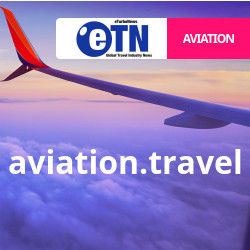- Reserve entry restrictions for only the highest-risk countries.
- Replace all other blanket travel restrictions with a framework of entry protocols based on a country-by-country and individual traveler risk assessment.
- Ensure the framework is easy to understand, communicate, and implement.
A coalition of 24 trade organizations representing a large and diverse swath of the U.S. economy is renewing urgent calls to lift restrictions on international visitation to the United States, and on Wednesday released a policy blueprint for reopening borders safely.
Called “A Framework to Safely Lift Entry Restrictions and Restart International Travel,” the document identifies policy principles for finally welcoming international visitors back to the United States while keeping health and safety as the top priority.
“The travel industry agrees that being guided by the science is absolutely the correct approach, and the science has been telling us for some time that it’s possible to begin to safely reopen international travel,” said U.S. Travel Association President and CEO Roger Dow. “Our document continues to prioritize safety while providing a roadmap for solving for the billions of dollars in economic damage resulting from the continued restrictions on crossing our borders, in particular from allied countries with similar vaccination rates. We have the knowledge and the tools we need to restart international travel safely, and it is past time that we use them.”
For each week that travel restrictions remain in place, the U.S. economy is losing $1.5 billion in spending just from Canada, the European Union, and the U.K.—enough money to support 10,000 American jobs.
“U.S. airlines have been—and continue to be—strong advocates for a risk-based, data-driven approach to safely resuming international travel as laid out in the blueprint,” said Airlines for America President and CEO Nicholas E. Calio. “We have leaned into science throughout this crisis, and research has consistently determined the risk of transmission onboard aircraft is very low. In fact, the Harvard Aviation Public Health Initiative concluded that being on an airplane is as safe if not safer than routine activities such as eating in a restaurant or going to the grocery store. The science is clear—it is time, if not past time, for the U.S. Government to take action and reopen travel between the U.S. and low-risk countries.”

